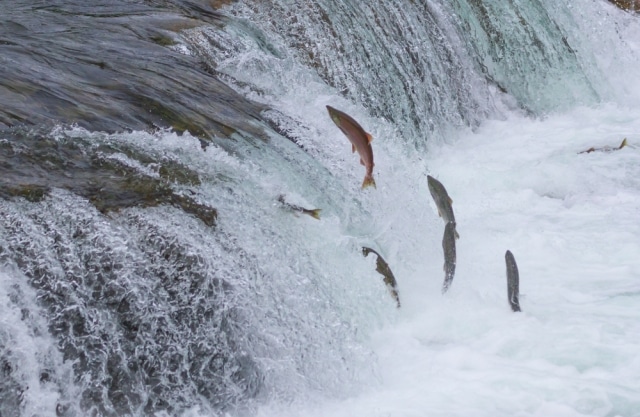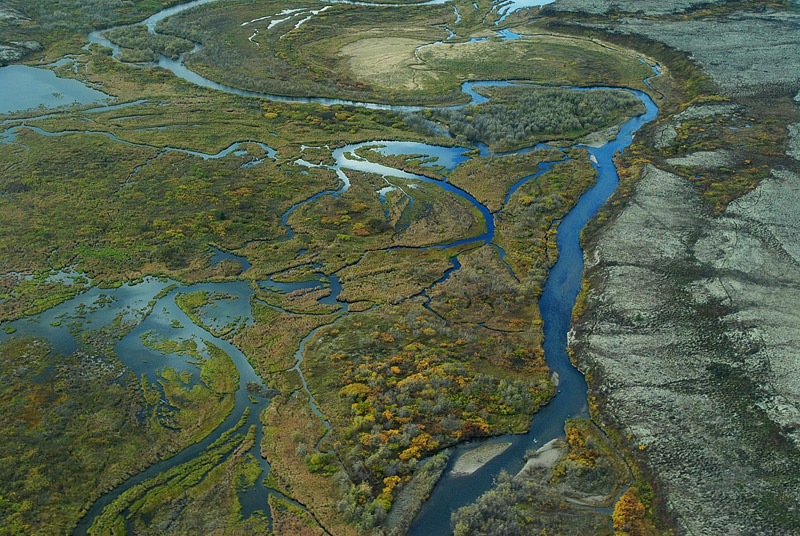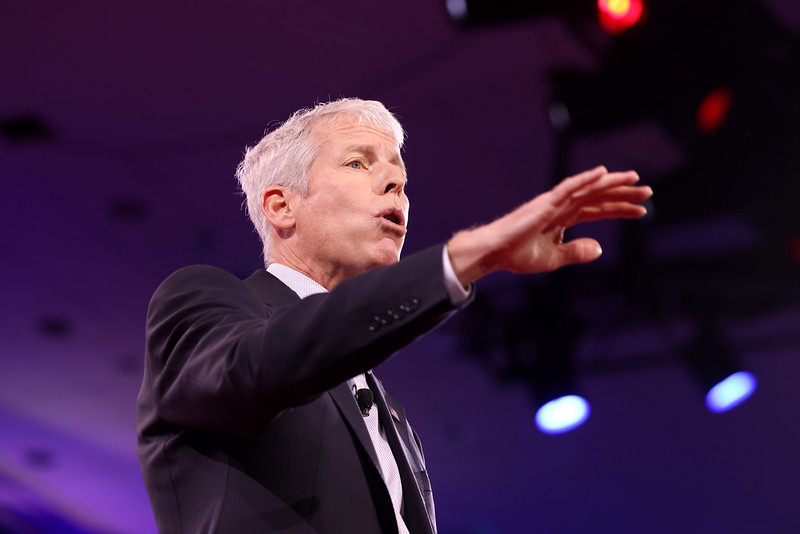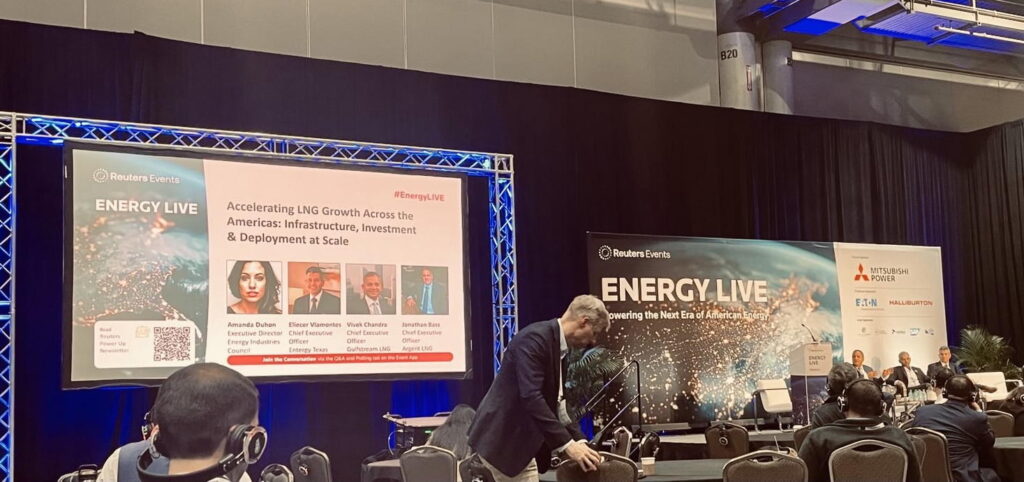A DeSmogBlog investigation has revealed Environmental Resources Management Inc. (ERM Group) — the contractor performing the U.S. State Department’s environmental review for the northern half of TransCanada’s Keystone XL tar sands pipeline — gave the greenlight to Alaska’s controversial Pebble Mine proposal in June 2013.
The proposed Pebble Mine, located in Bristol Bay in southwest Alaska, contains mineable gold and copper. It’s also a major hub for fishing and the seafood industry, leading the Center for American Progress to call the battle over Pebble Mine a “resource war.”
“Bristol Bay…is home to the world’s largest commercial sockeye salmon fishery,” explains a November 2013 EarthWorks blog post. “The devastation caused by a massive open pit mine would linger in perpetuity affecting not just Bristol Bay, but the commercial fishing industry everywhere in the Pacific Northwest.”
Bristol Bay; Photo Credit: U.S. Environmental Protection Agency
Like the Pebble Mine review, ERM‘s review for the northern half of the U.S.-Canada border-crossing Keystone XL pipeline concluded the pipeline would have negligible environmental impacts.
EPA Tackles Pebble Mine, Keystone XL
Another thread tying Keystone XL and Pebble Mine together: in both cases, ERM Group’s environmental assessment flew in the face of the U.S. Environmental Protection Agency’s (EPA) assessment. In April 2013, the EPA critiqued ERM Group’s Keystone XL environmental review, while the EPA published a damning environmental review of Pebble Mine on January 15.
“The report concludes that large-scale mining in the Bristol Bay watershed poses risks to salmon, wildlife, and Native American cultures,” explains an EPA fact sheet published summarizing the study. “Bristol Bay supports the largest sockeye salmon fishery in the world, producing nearly 50 percent of the world’s wild sockeye with runs averaging 37.5 million fish each year.”
ERM scolded the EPA for not taking a balanced approach on Pebble Mine, not looking into the “positive effects” it would create if it opens for business.
”[EPA did not take] into account the positive effects of cash income from employment on a community’s overall subsistence-gathering capabilities, as well as, harvest-sharing capabilities,” wrote ERM. “Overall, the Assessment lacks discussion of potential positive effects associated with industrial development.”
U.S. Sen. Mark Begich (D-AK) didn’t toe the ERM party line, though.
“Wrong mine, wrong place, too big,” Begich said in a January 19 interview with the Anchorage Daily News. “Too many potential long-term impacts to a fishery that is pretty critical to that area but also to Alaska, to world markets. I think it will harm the environment, harm the salmon, harm the jobs that are connected to the fisheries industry out there.”
“A Polluted Process”
As documented previously here on DeSmogBlog, ERM has also green-lighted other projects with ecologically unsavory track records. These have ranged from an explosive pipeline project in the Caspian Sea to a contentious LNG project in Peru to a toxic tar sands refinery in Delaware.
All of these projects were met with backlash from environmentalists, but eventually received the customary ERM rubber stamp.
Some members of the U.S. House of Representatives have called ERM‘s Keystone XL northern half environmental review into question, though.
Led by U.S. Rep. Raul Grijalva (D-AZ), 24 House Democrats sent a letter to President Obama on December 12 saying he shouldn’t green light the northern half of the pipeline until the State Department’s Office of Inspector General finishes its probe into how ERM Group was chosen and why. It’s what Friends of the Earth has called a “a polluted process.”
“The Department of State apparently overlooked these conflicts when it accepted Environmental Resources Management’s (ERM) bid to perform the analysis,” reads the letter. “Because of the seriousness of the conflicts…we believe no EIS from the company – draft or final – should be accepted by the administration before these issues are resolved.”
One thing is clear as Secretary of State John Kerry and President Barack Obama head into decision-making time on Keystone XL‘s northern half: ERM has always been able to turn a blind eye to serious environmental impacts. Now it’s up to Obama and Kerry to avoid falling into the same trap.
Image Credit: Sockeye salmon in an Alaskan river via Shutterstock
Subscribe to our newsletter
Stay up to date with DeSmog news and alerts







